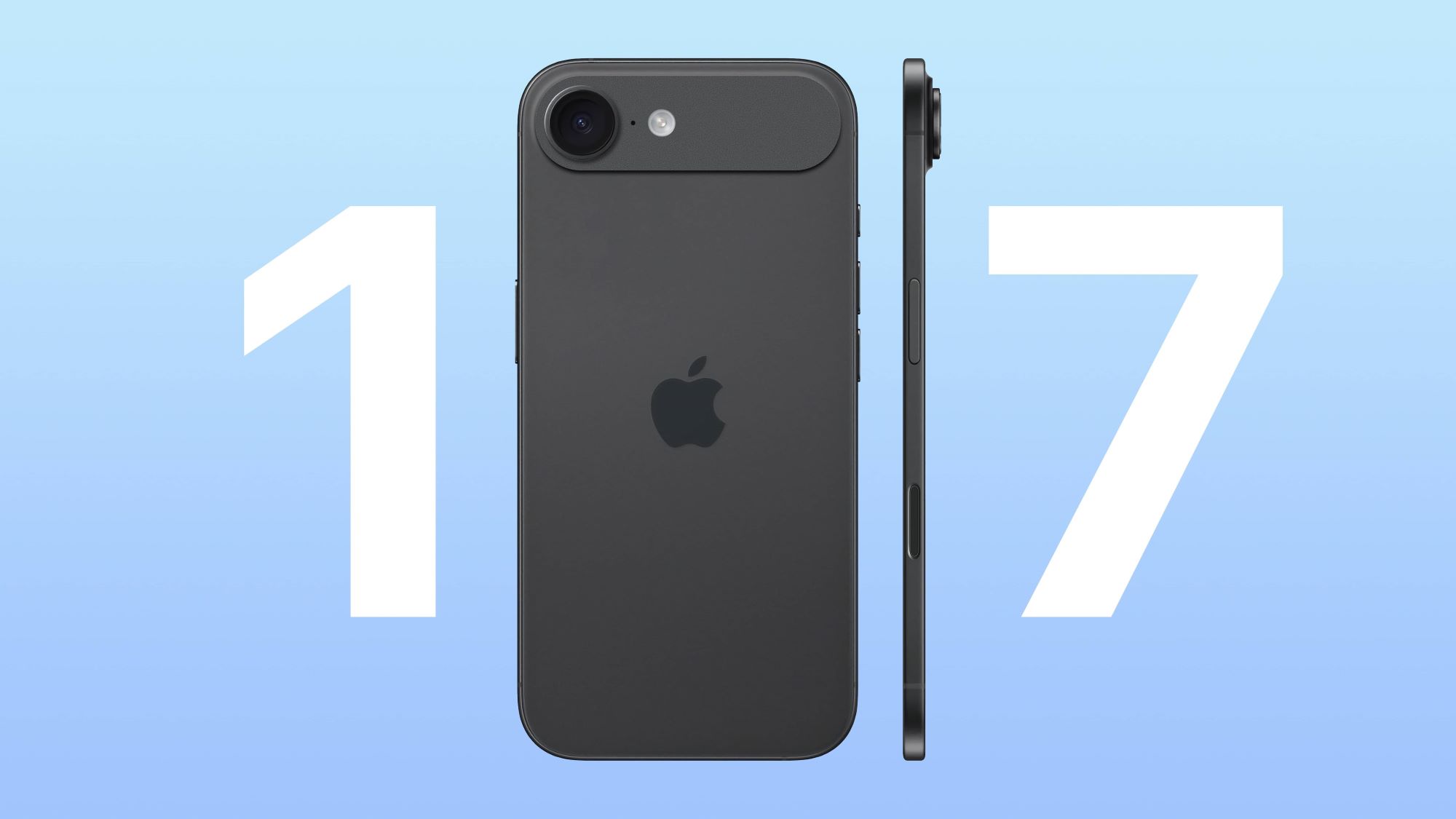In a rare and reflective moment, Microsoft co-founder Bill Gates recently pondered the enduring impact of a piece of computer code he helped craft nearly half a century ago. While the digital world has undergone a seismic shift since the early days of personal computing, the foundational principles embedded in that early code continue to resonate, influencing the technology we use every single day.
What exactly is this code, and why does it still hold such significance? Sources close to Gates indicate he often reflects on the creation of Altair BASIC, a version of the BASIC programming language tailored for the Altair 8800, one of the first commercially successful personal computers. Developed in 1975 by a then-young Gates and his partner Paul Allen, Altair BASIC was more than just a program; it was a key that unlocked the potential of personal computing for millions.
Imagine a world where interacting with a computer meant flipping physical switches, a tedious and complex process reserved for a select few. Altair BASIC changed that. It provided a user-friendly way for individuals to write their own programs, to make the machine perform tasks they desired. This simple yet powerful concept democratized computing, moving it out of the hands of large corporations and into homes and small businesses.
“It’s humbling to think that something we wrote so long ago played a part in the technological revolution we’ve witnessed,” Gates reportedly mentioned during a recent internal discussion, according to a source familiar with the conversation. While Gates no longer actively codes on a daily basis, his deep understanding of software’s fundamental role in shaping our world remains as sharp as ever.
The development of Altair BASIC wasn’t a straightforward affair. Gates and Allen, then in their early twenties, faced numerous challenges. They had to write the code for a machine they didn’t even have physical access to initially. Working tirelessly, they relied on an emulator to simulate the Altair’s hardware, a testament to their ingenuity and dedication.
The story of how they landed the contract to create BASIC for the Altair is now legendary. After reading about the machine in Popular Electronics magazine, Gates contacted MITS, the company behind the Altair, claiming they already had a BASIC interpreter. This bold move, while technically not entirely true at the time, spurred them into action. They worked feverishly to deliver on their promise, coding day and night.
When Altair BASIC was finally demonstrated, it worked flawlessly. This success marked the beginning of Microsoft, a company that would go on to become a global technology giant. The early versions of BASIC, including Altair BASIC, laid the groundwork for many of the programming languages and software development tools we use today. The fundamental concepts of variables, loops, and conditional statements, all present in BASIC, remain cornerstones of modern programming.
Beyond the technical aspects, Altair BASIC also ignited a passion for computing in a generation of enthusiasts. It empowered individuals to experiment, to learn, and to create. Many of today’s leading tech innovators trace their early interest in computers back to their experiences with BASIC on machines like the Altair.
Consider the impact on education. BASIC was designed to be easy to learn, making it an ideal language for introducing beginners to the world of programming. It allowed students to write simple programs to solve mathematical problems, create games, and automate tasks. This accessibility played a crucial role in fostering computer literacy and inspiring future generations of software developers.
Furthermore, the success of Altair BASIC demonstrated the viability of the software industry. It showed that there was a market for well-designed and user-friendly software that could run on personal computers. This realization paved the way for the explosion of software applications that followed, from word processors and spreadsheets to games and graphics programs.
Even today, the spirit of BASIC lives on in various forms. Many modern programming languages borrow concepts and syntax from it. Visual Basic, a later Microsoft product, made programming even more accessible with its graphical interface. The legacy of that early code continues to influence how we interact with computers and how software is developed.
While the technology landscape has evolved dramatically in the past 50 years, with the rise of the internet, mobile computing, and artificial intelligence, the foundational principles of software development remain remarkably consistent. The ability to translate human intentions into instructions that a machine can understand, a core concept embodied in Altair BASIC, is still at the heart of all software.
Bill Gates’ reflection on this 50-year-old code serves as a reminder of the power of fundamental ideas and the lasting impact of early innovations. It highlights the importance of accessibility and user-friendliness in technology, principles that remain relevant in today’s complex digital world. As we continue to push the boundaries of what computers can do, it’s worth remembering the humble beginnings of personal computing and the code that helped to spark a revolution. That early code wasn’t just a set of instructions for a machine; it was the seed that grew into the vast and interconnected digital world we inhabit today. It stands as a powerful example of how a few lines of code, written with vision and dedication, can truly reshape technology and the course of human history. The echoes of Altair BASIC can still be heard in the whirring of our computers and the tapping on our keyboards, a silent but profound testament to its enduring legacy.




